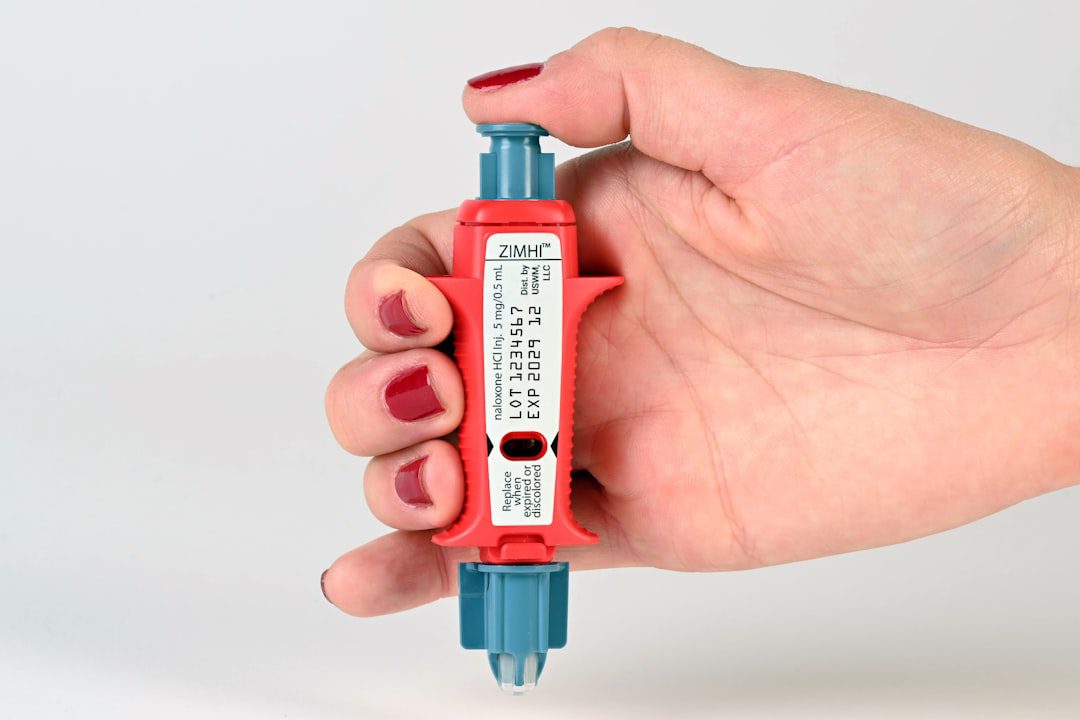
Breaking: FDA Issues Early Alert for Baxter Infusion Pump Software Defect
The FDA has issued an early alert regarding a critical software issue affecting Baxter infusion pumps, marking a significant development in the agency’s enhanced recall communication program. This alert represents the FDA’s proactive approach to rapidly disseminating safety information to healthcare providers and manufacturers before formal recall classifications are finalized.
Understanding the FDA’s Early Alert System
The early alert communication is part of the FDA’s Communications Pilot to Enhance the Medical Device Recall Program, launched to provide faster notification of potential safety issues. Unlike traditional recall notices that can take weeks to process through formal channels, early alerts enable immediate awareness of emerging safety concerns.
For medical device manufacturers, this represents a fundamental shift in how the FDA manages device safety communications. The pilot program demonstrates the agency’s commitment to reducing the time between identification of a safety issue and public notification.
Technical Implications of Infusion Pump Software Issues
Software-related defects in infusion pumps pose particularly serious risks due to their direct impact on medication delivery accuracy. Common software issues that trigger FDA alerts include:
- Dosage calculation errors: Incorrect algorithms leading to over- or under-dosing
- User interface malfunctions: Display errors or unresponsive controls
- Communication failures: Inability to interface with hospital information systems
- Alarm system defects: Failed safety notifications for critical conditions
These issues fall under FDA’s guidance on software as a medical device (SaMD), requiring rigorous validation and post-market surveillance protocols.
Immediate Actions for Medical Device Manufacturers
Manufacturers should implement the following response protocol when early alerts affect devices in their portfolio or similar technologies:
1. Immediate Assessment
- Review your own infusion pump software for similar vulnerabilities
- Conduct emergency software validation reviews
- Assess post-market surveillance data for related issues
- Evaluate supplier relationships if using third-party software components
2. Quality System Response
- Activate CAPA (Corrective and Preventive Action) protocols per ISO 13485
- Document all assessment activities for FDA inspection readiness
- Review design controls for software validation adequacy
- Update risk management files per ISO 14971 requirements
3. Regulatory Compliance Actions
- File MDR (Medical Device Report) if similar issues identified
- Prepare for potential FDA inquiries about comparable devices
- Review 510(k) predicates if your device references affected products
- Update post-market surveillance plans to monitor for related issues
Long-term Strategic Considerations
This early alert highlights the evolving regulatory landscape for software-enabled medical devices. Manufacturers should strengthen their software development and validation processes by:
- Implementing IEC 62304 software lifecycle processes
- Enhancing cybersecurity protocols per FDA guidance
- Developing robust post-market surveillance for software performance
- Establishing rapid response capabilities for software updates
Industry Impact and Regulatory Trends
The FDA’s early alert system represents a broader trend toward real-time safety communication. This pilot program may become the new standard for device safety notifications, requiring manufacturers to adapt their monitoring and response capabilities.
Medical device manufacturers should view this alert as a catalyst for reviewing their own software validation processes and post-market surveillance systems. The rapid notification timeline demands equally rapid internal response capabilities.
Conclusion
While specific details of the Baxter infusion pump software issue await formal recall documentation, the early alert serves as a critical reminder of software-related risks in medical devices. Manufacturers must proactively assess their own products, strengthen software validation processes, and prepare for the FDA’s increasingly rapid safety communication timeline.
Stay vigilant, document everything, and ensure your quality systems can respond as quickly as the FDA can communicate safety concerns.


No comments yet. Be the first to comment!